January 2025 Archive — Architecture & Design Trends
This month we published eight concise pieces that map a clear line between historic styles and modern practice. If you want a fast tour of what mattered in January 2025, start here. You'll find deep looks at Italianate, Art Nouveau, Baroque, Greek Revival and sustainable approaches, plus contemporary directions like neo-futurism and practical takes on functionalism in psychology and sociology.
First read: pick one historic style that intrigues you. The Italianate piece explains its 19th‑century roots, signature features like wide eaves and arched windows, and how to spot adaptations in houses and public buildings. The Greek Revival article shows how classic columns and symmetry reappear in modern projects and gives tips for integrating those elements without looking dated.
Historic styles that teach modern design
Art Nouveau shows how organic lines and decorative detail can inform today's interiors without being overly ornamental. Baroque is about drama and material richness; the article breaks down where to use bold contrasts and where to scale back. These histories are practical: each article points to specific elements you can borrow — window shapes, cornice depth, or ornament scale — and suggests modern materials or tech to make them work now.
Current trends and ideas to try
Neo‑Futurism covers interior ideas that mix curved forms, sustainable materials, and smart tech. The article gives usable tips like choosing curved furniture to soften a room and pairing it with low‑impact materials. The sustainable architecture piece highlights urban projects that cut energy use and improve livability, with examples of green roofs, passive shading, and mixed‑use streetscapes you can study or adapt.
We also published two takes on functionalism. One explains functionalism as a view of mind and behavior, useful for designers thinking about human needs and product function. The other compares functionalism with other sociological theories, helping readers see how different frameworks explain institutions, design choices, or urban policies.
How to use this archive: if you are a designer, pick one historic vocabulary and one modern approach to combine — for example, Italianate windows framed with sustainable materials and smart shading. If you are a student, read the functionalism pieces to sharpen your theoretical toolbox, then contrast with the architectural case studies. If you love architecture, follow the articles chronologically to see how old ideas keep influencing new ones.
Need practical next steps? Bookmark two articles, make a one‑page moodboard from images and details mentioned, and list three elements you could test in a project. Come back to this archive when you need quick historical context or fresh ways to marry tradition with technology.
Try this in a week: day one, read the Italianate and Greek Revival posts and save three details you like; day two, read Art Nouveau and Baroque and pick one pattern or material to test; day three, read Neo-Futurism and sustainability articles and sketch a small layout using one smart-tech idea; day four, study the functionalism pieces and note how user behavior should shape your choices. Start.
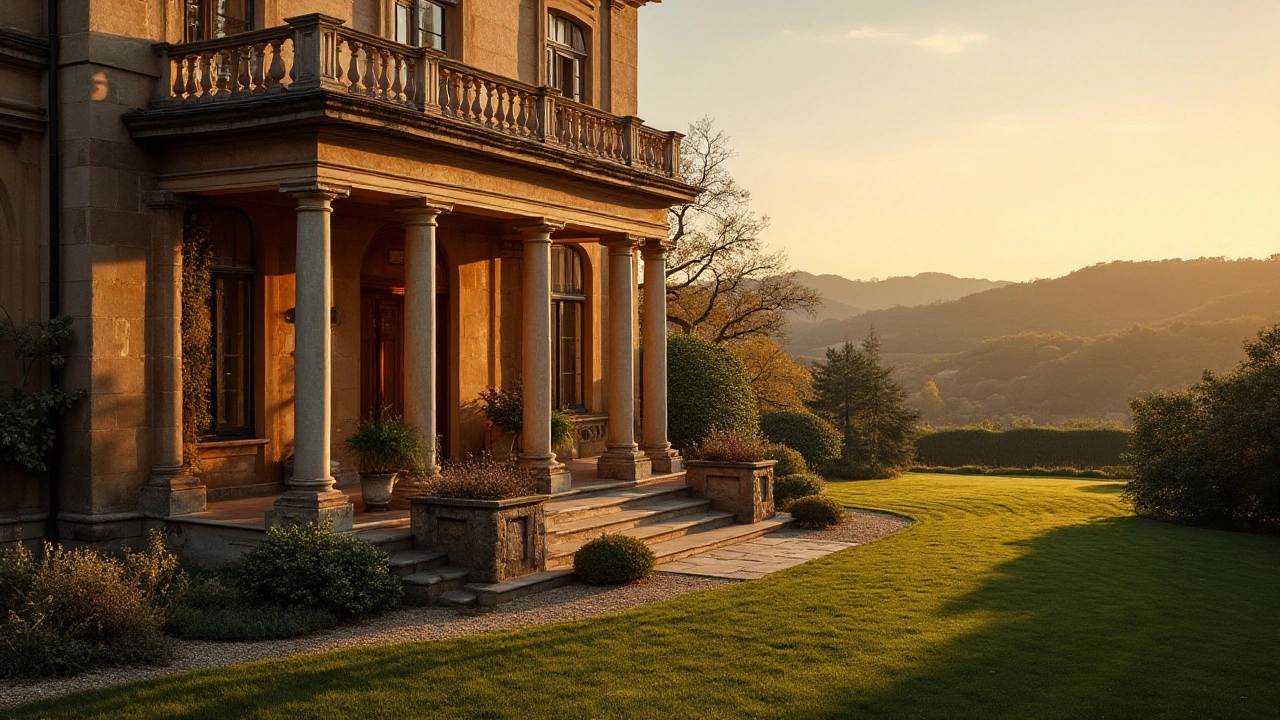
Exploring Italianate Architecture: History and Cultural Significance
Italianate architecture emerged in the 19th century as a distinctive architectural style inspired by the classical villas of Italy. This style became popular in both Europe and North America, characterized by its elegant and ornate detailing, and marked by features like wide eaves, columns, and arched windows. Italianate architecture tells a story of cultural exchange and adaptation, influencing domestic and public buildings worldwide. Discover the history, characteristics, and cultural impact of this captivating style that continues to enchant architects and enthusiasts alike.
Read more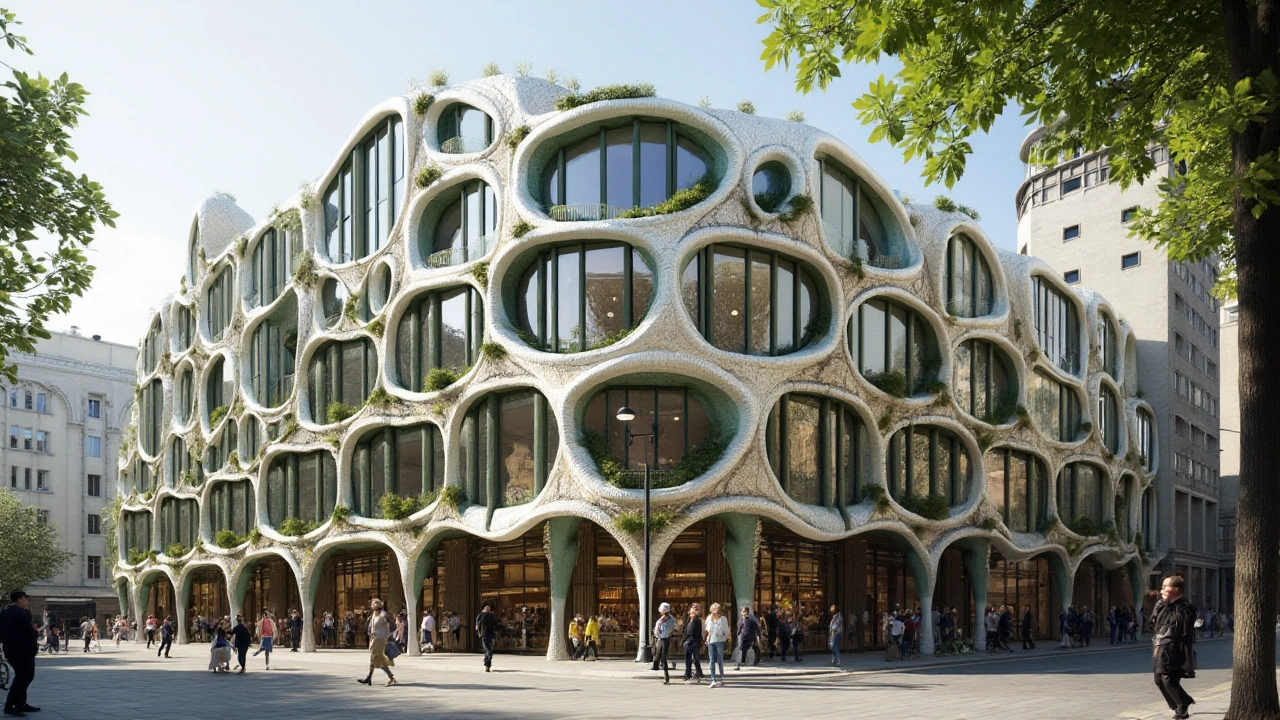
Art Nouveau Architecture's Impact on Contemporary Design Trends
Art Nouveau architecture, with its flowing lines and organic inspirations, marked a departure from the rigidity of its time and paved the way for modern design innovations. The style, distinguished by intricate details and a harmony with nature, continues to influence today's architecture. Current design trends incorporate the aesthetics and ethos of this period while adapting to contemporary needs and materials. Discover the subtle yet profound effect this romantic, turn-of-the-century movement has on today’s architectural landscape.
Read more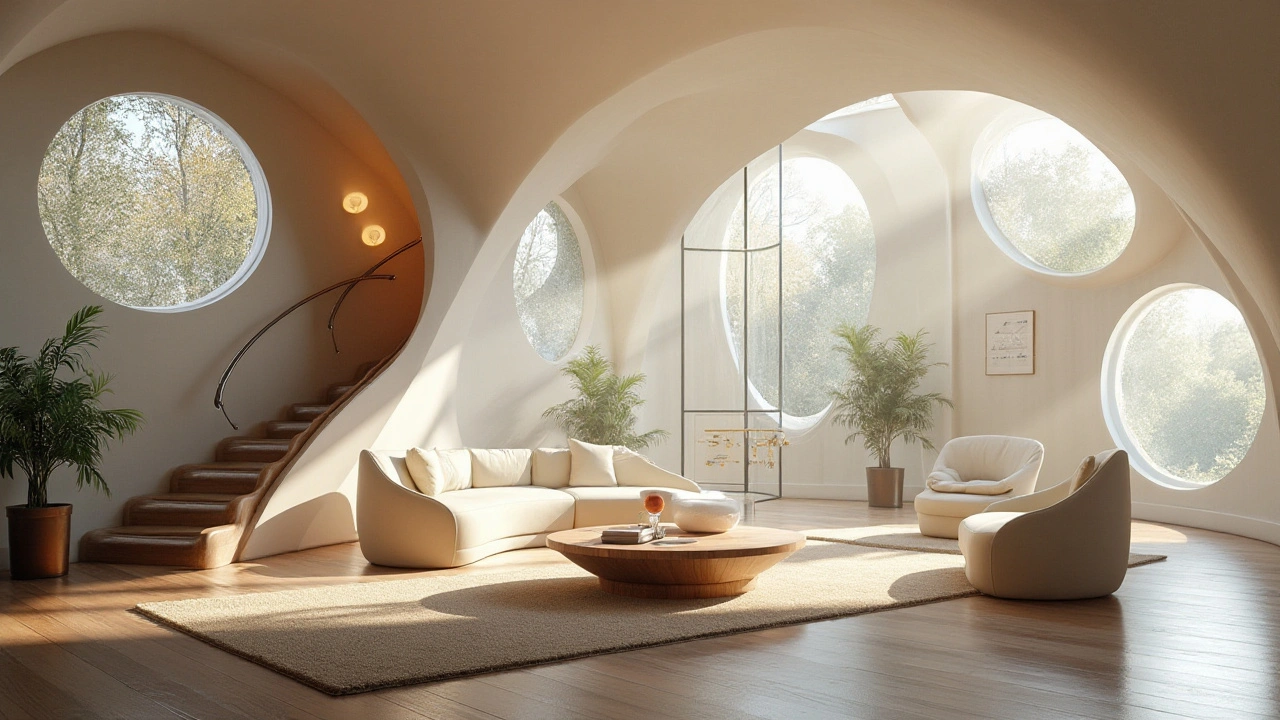
Exploring Neo-Futurism: The Latest in Interior Design Innovations
Neo-Futurism is paving the way for a new era of interior design trends, characterized by a harmonious blend of technology, sustainability, and artistic expression. It emphasizes fluid architectural forms, eco-friendly materials, and smart home integrations to create spaces that reflect a futuristic vision. This article explores the fascinating elements of neo-futurism, offering insights and practical tips for incorporating these modern concepts into your home decor. From integrating AI technology to choosing sustainable furniture, neo-futurism provides an innovative blueprint for transforming living spaces.
Read more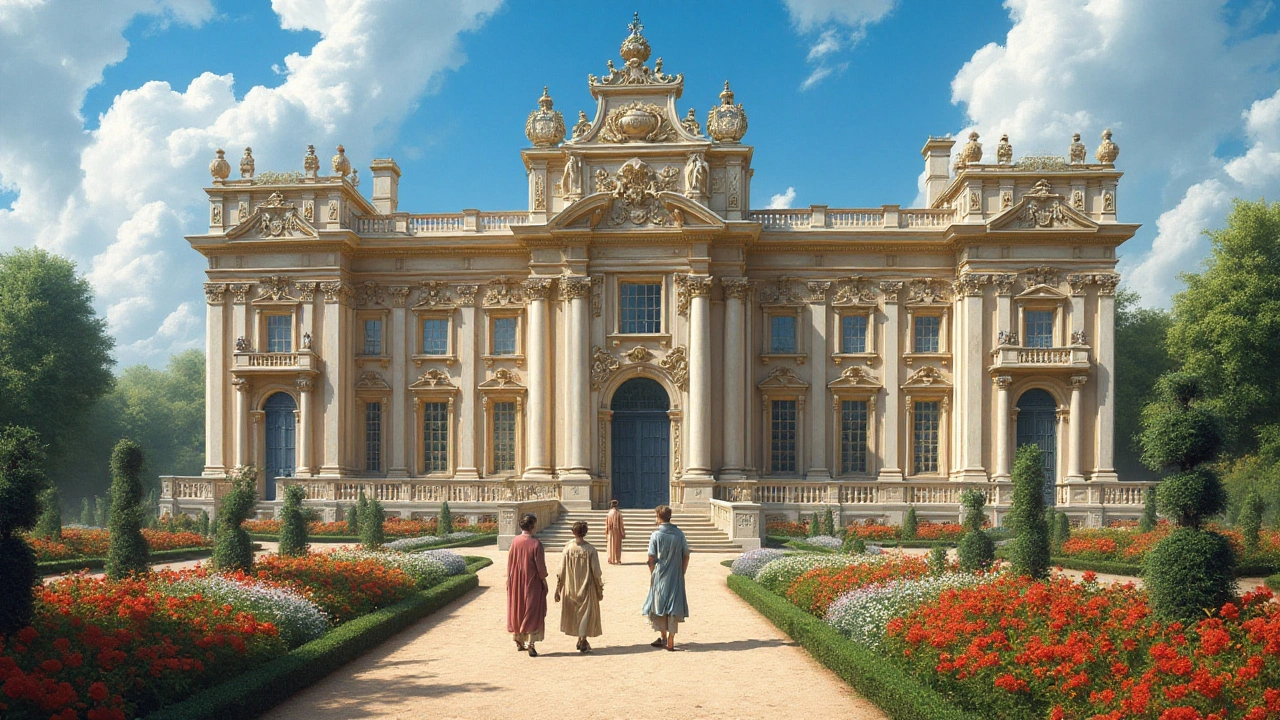
Luxury and Opulence: Unpacking Baroque Architecture
Baroque architecture emerged in the late 16th century, marking a flamboyant shift from the restrained styles that preceded it. It is characterized by bold contrasts, extravagant ornamentation, and dynamic forms designed to evoke emotional responses. This architectural style spread across Europe and later to Latin America, often associated with the Counter-Reformation as the Catholic Church sought to convey its grandeur. Baroque remains a powerful symbol of luxury and can still be seen in many palaces and churches. Understanding the intricate details of this style offers insights into the cultural and historical contexts that shaped it.
Read more
Functionalism: Unlocking Human Behavior through Purpose and Function
Functionalism is a psychological and philosophical theory that examines how mental states are defined by their function rather than their internal composition. This article delves into functionalism's role in understanding human nature, highlighting its emphasis on the adaptive purpose behind thoughts and behaviors. By exploring how functionalism provides insights into the human experience, the article presents practical tips for applying its principles to real-world situations. Readers will gain a comprehensive understanding of how this theory remains relevant in both historical and contemporary contexts.
Read more
Functionalism and Its Rivals in Sociological Theory: A Comparative Analysis
This article provides an in-depth analysis of functionalism alongside other sociological theories. It aims to compare how each theory interprets social structures, norms, and institutions. It discusses the strengths and limitations of functionalism and juxtaposes them with conflict theory, symbolic interactionism, and feminism. The goal is to offer insights into how these perspectives contribute to understanding the complexities of social life.
Read more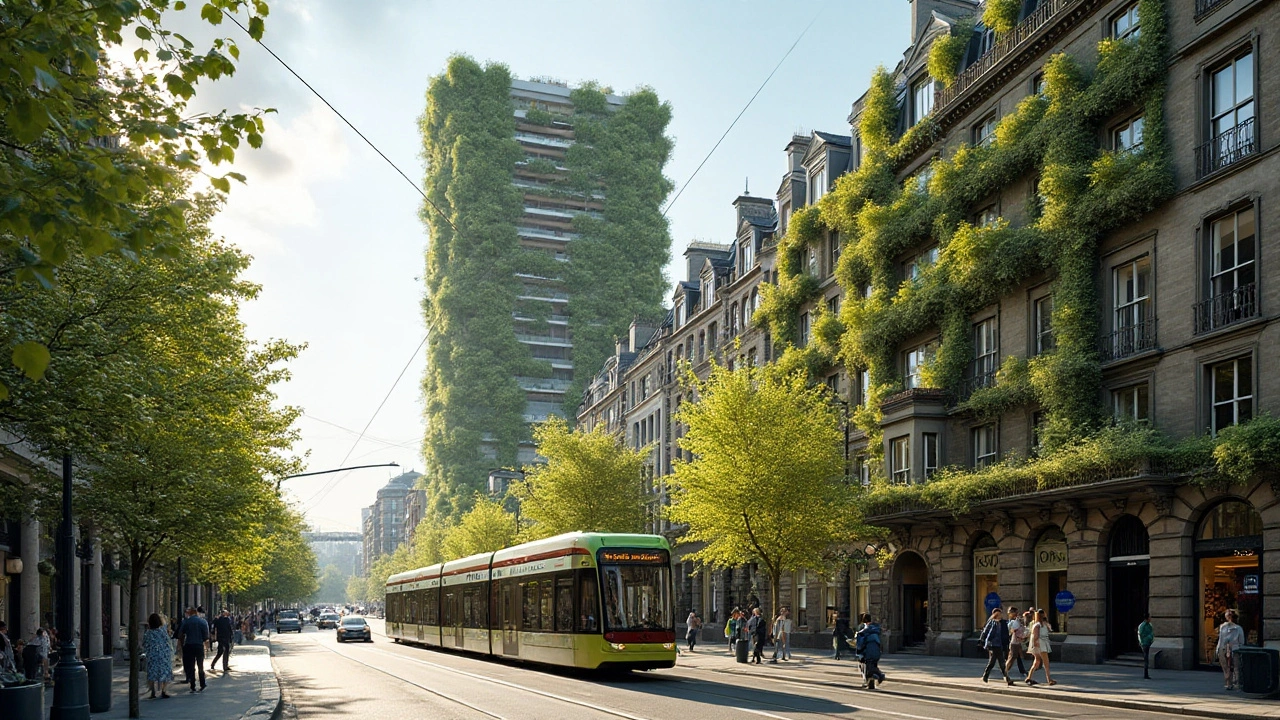
Embracing Green: The Rise of Sustainable Architecture in Urban Landscapes
Sustainable architecture is transforming urban environments, blending innovation with eco-conscious design. The rise of green buildings in cities not only protects natural resources but also enhances the well-being of residents. As urban areas face challenges like climate change and population growth, sustainable design offers both practical and aesthetic solutions. Innovative materials and smart technologies are key components in this architectural revolution. Learn how key cities are leading the way towards more sustainable futures.
Read more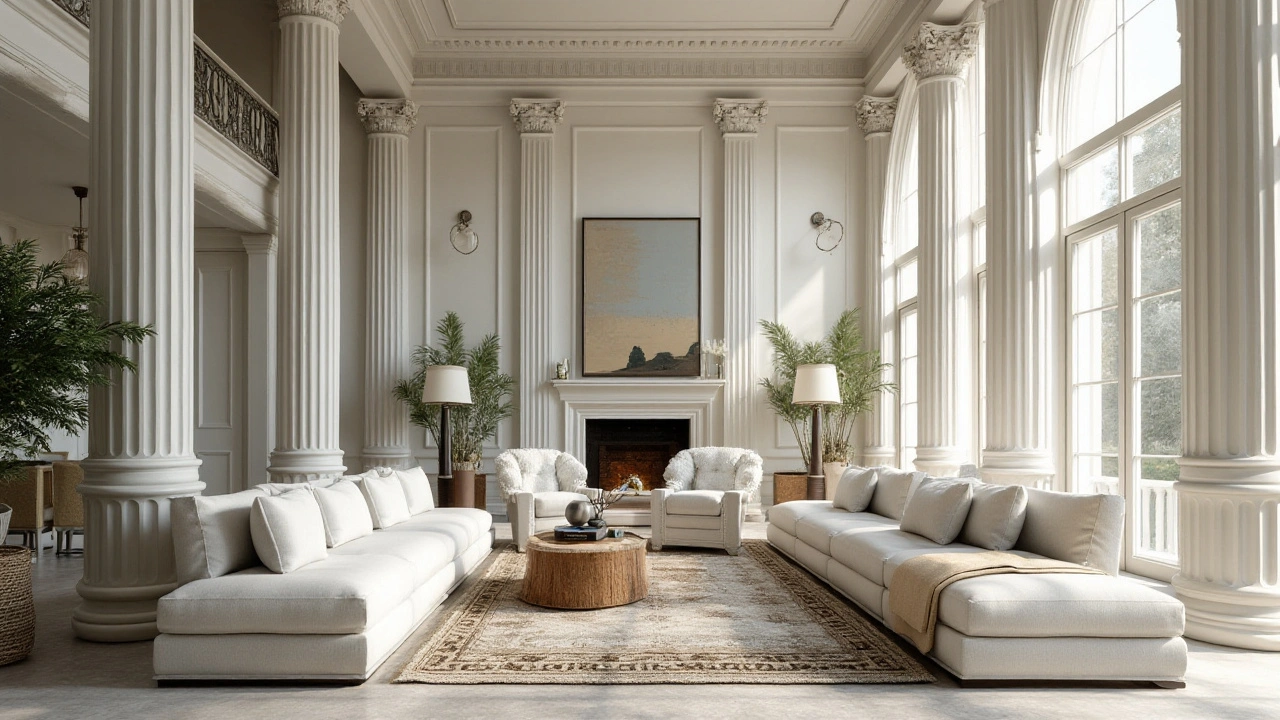
Reviving Greek Revival: Modern Takes on Timeless Architecture
Greek Revival architecture has made a remarkable comeback in contemporary design, blending timeless elegance with modern innovation. This resurgence pays homage to classic elements such as grand columns, symmetrical proportions, and historical motifs while integrating sustainable materials and smart technology. Cutting-edge architects are redefining this aesthetic to resonate with today’s lifestyle needs, creating harmonious living spaces that honor tradition yet embrace modernity. The revitalization of Greek Revival styles in urban and residential settings reaffirms its perennial charm and versatile adaptation. Offering practical tips, this piece explores how to incorporate these majestic designs into modern living.
Read more